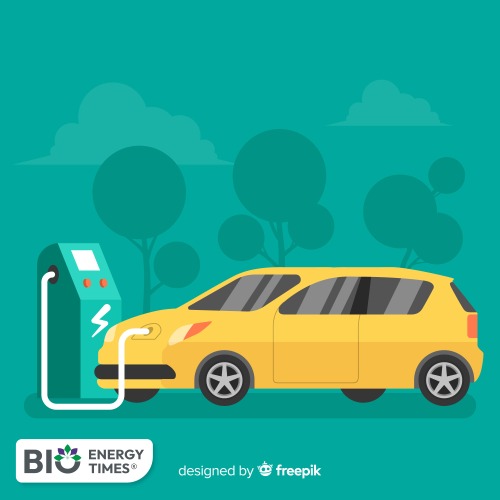As India sets its sights on becoming a global hub for electric vehicles (EVs), a recent report by global consulting firm Primus Partners has highlighted a critical vulnerability: the nation’s dependence on China for rare earth materials essential to EV manufacturing. The issue has come into sharp focus following China’s announcement on April 4 of stricter export regulations on rare earth minerals, which has already begun to disrupt magnet shipments to India.
The report warns that India’s rapid EV growth is at risk unless it finds a domestic solution for magnet production, stating, “India’s EV surge needs a home-grown magnet fix.” While the country possesses the fifth-largest reserves of rare earths globally, it currently lacks the industrial infrastructure for key processes like oxide separation, metal refining, and magnet fabrication—areas where China holds a dominant position.
To reduce this strategic dependency, the report outlines three key recommendations:
1. Scale Domestic Production:
India should aim to produce 4,000 tonnes of rare-earth magnets annually by 2030. This would require expedited project clearances and financial incentives, enabling the country to meet at least 25% of its projected demand through domestic sources.
2. Diversify Import Sources:
Securing long-term offtake agreements for rare earth materials from countries like Australia, the U.S., and selected African nations is critical. The report also urges India to negotiate favorable terms for rare earth imports in its ongoing free trade discussions.
3. Boost Recycling Capabilities:
Establishing an Extended Producer Responsibility (EPR) framework for electric motors and electronic waste would encourage recycling of rare earths. The report recommends subsidies for facilities that adopt advanced recycling technologies such as hydrometallurgy and magnetic separation.
India’s consumption of rare-earth magnets stood at 1,700 tonnes in 2022 and is projected to rise nearly tenfold to 15,400 tonnes by 2032. In value terms, the domestic market is expected to grow from ₹1,245 crore to around ₹15,700 crore. Despite this demand, India currently produces just 1,500 tonnes of neodymium-praseodymium (NdPr) oxide annually and has minimal capacity for converting it into finished magnets.
The report emphasizes that while diplomatic efforts and alternate sourcing may offer short-term relief, they are not sustainable solutions. For long-term resilience, India must invest in building a complete, self-reliant supply chain for rare earth magnets.














